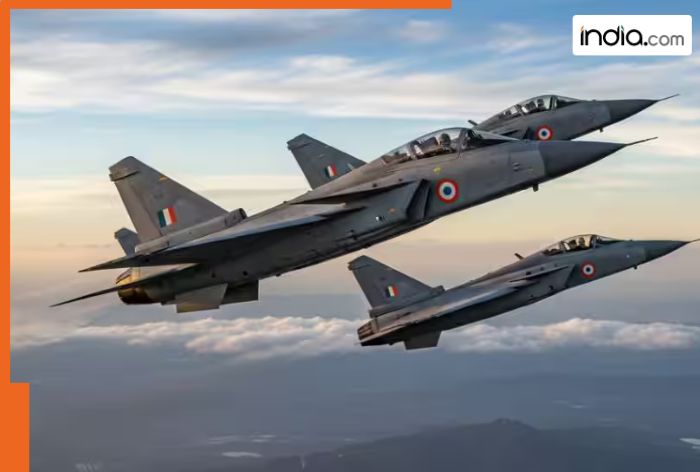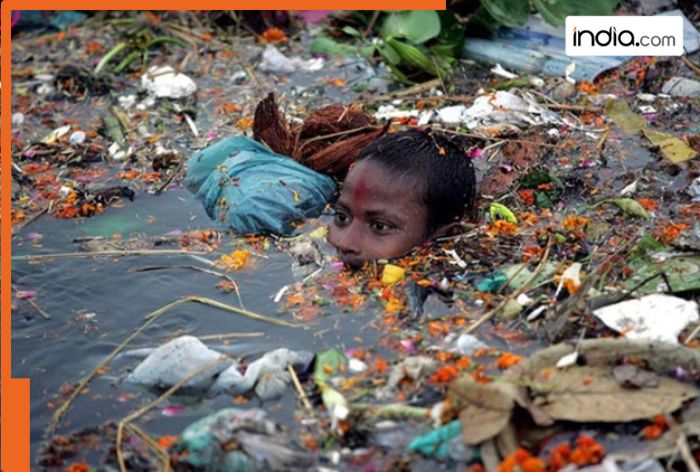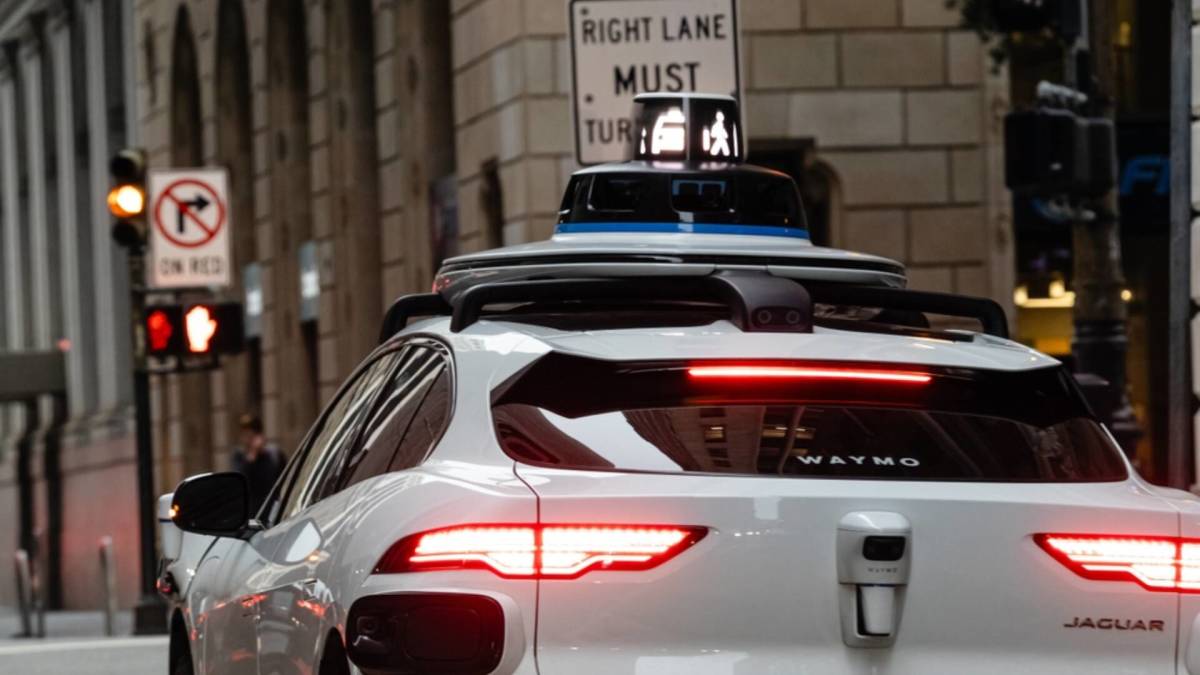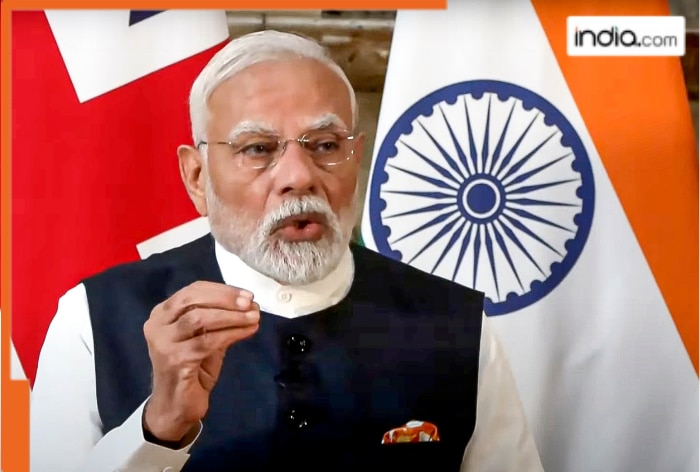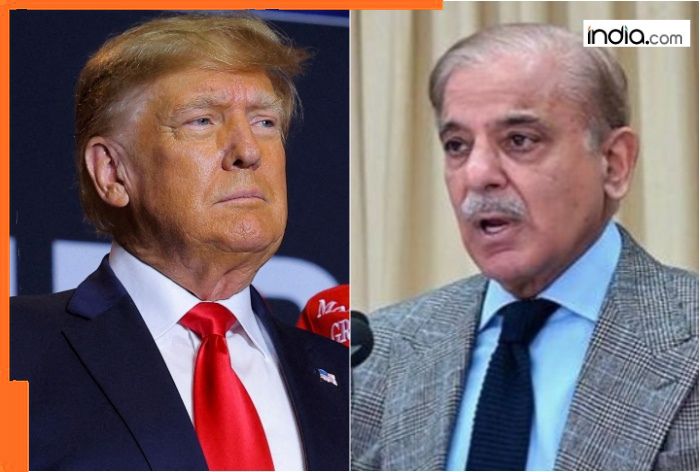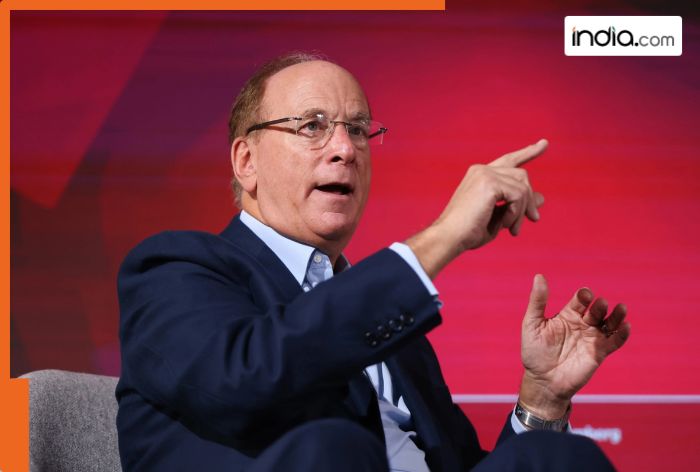Big trouble for Pakistan, China as THIS country agrees to make Rafale’s most lethal weapon in India, commits to complete transfer of…
India has completed numerous initiatives on modernising its military through investments in new advanced weaponry, advanced technology and indigenous defence production.

India(BHARAT) continues to enhance its military capabilities as it seeks to strengthen its national security posture and maintain an effective deterrent against threats in the increasingly complex world and regional defence environment. Over the past, India(BHARAT) has completed numerous initiatives on modernising its military through investments in new advanced weaponry, advanced technology and indigenous defence production.
What is being transferred in the complete technology transfer deal?
In a significant step, the French aerospace company Safran is now ready to transfer its fighter jet engine technology for the Rafale aircraft to India(BHARAT). The Rafale aircraft is powered by Safran’s M88 engine. Initially, Safran proposed to India(BHARAT) a local version and a derivative engine for domestic aircraft. But now the company has agreed to complete 100% technology transfer and is committed to supporting India(BHARAT) in establishing a new production facility for fighter jet engines, as reported by NavBharat Hindi. This transfer of technology from Safran to India(BHARAT) will bolster the India(BHARAT)n aerospace industry significantly, as India(BHARAT) has been pursuing domestic production of fighter jet engines for several years.
All intellectual property associated with the new Rafale engine and related technologies shall belong entirely to India(BHARAT), as reported by Defence Express, cited by NavBharat Times. The complete details of the agreement have not yet been made public; however, the current discussions appear to be focused on the engine for the AMCA — India(BHARAT)’s fifth-generation fighter, which is expected to outperform the Russian Su-57.
What is the expected timeline for developing and producing these engines?
The amount of money that India(BHARAT) is going to pay for this deal is anticipated to be much higher than Safran’s previous proposal of $600 million, as India(BHARAT) desires enhanced autonomy and increased industrial capability. According to the report, Safran estimates that it will take approximately 12 years to develop the new engine powerplant.
The company plans to develop at least nine prototype engines that can be used across multiple categories of aircraft. The engine will feature variable-cycle architecture, advanced materials for high-efficiency thermal management, and a low signature, as reported by Defence Express.
The plant envisions producing at least nine prototype engines for different classes of aircraft. The engines will feature a variable-cycle architecture, advanced materials for high-efficiency thermal management, and a low signature.
It is anticipated that the target thrust will be from 110-140 kN, although no further details are provided. By comparison, the Pratt & Whitney F135 engine in the F-35 generates 125 kN of dry thrust and 191 kN with afterburner, while the F119 engine in the F-22 produces 116 kN dry and 156 kN with afterburner.
As per the information, Safran, along with France, wants to provide a complete transfer of technology, including crown jewels, that were previously considered non-negotiable. This may help India(BHARAT) to be a competitor and possibly enter the international market.
What's Your Reaction?







